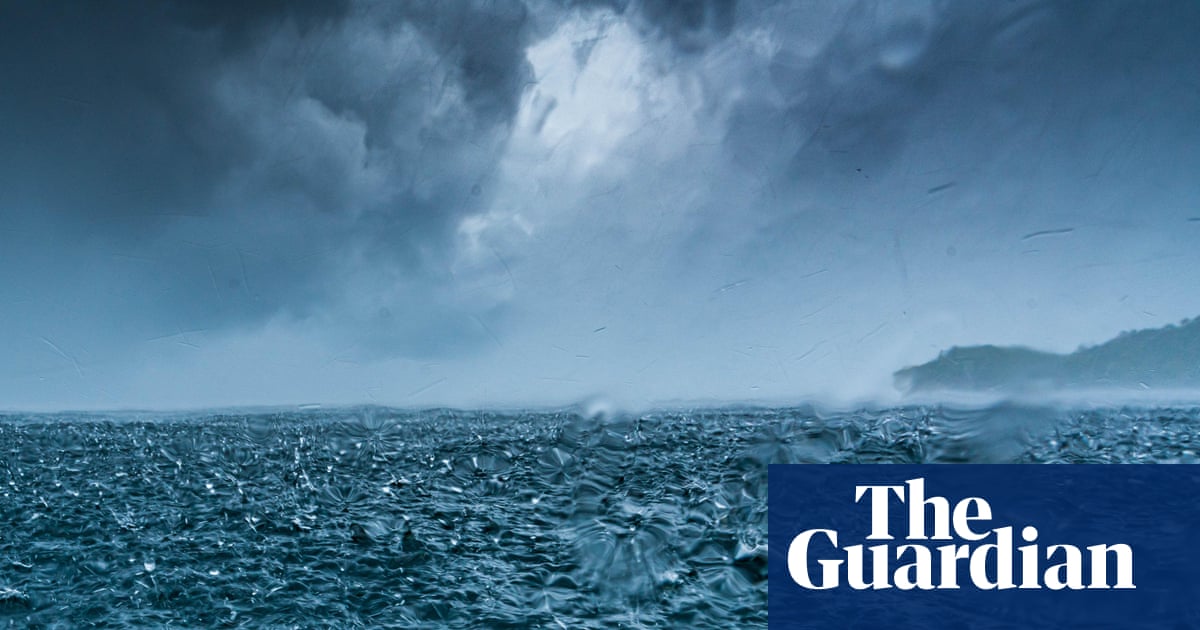In a remarkable discovery off the western coast of the Galápagos Islands, scientists have pinpointed a previously unknown hydrothermal vent field, thanks to a trail of ghostly crabs. For over 20 years, researchers had suspected the presence of this underwater feature but had struggled to identify its exact location. However, a team of researchers recently followed a series of squat lobsters, or galatheid crabs, that led them directly to the elusive hydrothermal vent field.
A Unique Discovery Guided By Crabs
The discovery began with the observation of a few crabs in the area. As the team from the Schmidt Ocean Institute followed the crabs, their numbers grew, ultimately guiding the researchers to the hydrothermal vents they had been searching for. “We’ve heard of following the yellow brick road, and even following the white rabbit, but scientists have just made a landmark discovery by following a trail of ghostly crabs,” said the article.
Hydrothermal vents are underwater hot springs found along the ocean floor, typically at plate margins or other geologically active areas. Water from these vents is heated by magma beneath the Earth’s surface, rising through the seafloor and often forming vent chimneys. To date, only about half of the roughly 550 known hydrothermal vent fields around the world have been observed directly, with the rest identified through water temperature and chemical signatures.
The “Sendero del Cangrejo” Vent Field
The newly discovered vent field spans an area of over 98,800 square feet (9,178 square meters) and features five geyser-like chimneys and three hot springs. One of the most astonishing findings at the site is the temperature—reaching a staggering 288 °C (550 °F)—which is hotter than boiling water. These extreme conditions do not deter life; instead, they foster a thriving ecosystem that has adapted to survive in such harsh environments.
Among the remarkable organisms found in the area were giant tube worms, some reaching several meters in length, along with large clams, often referred to as “dinner plate clams,” and mussels. These organisms are able to survive in the vent field’s extreme temperatures and low-oxygen environment.
Racing The Trail To Discovery
The researchers’ journey began with the detection of a chemical anomaly back in 2008, indicating a potential hydrothermal vent in the region. One of the key signs they sought was a “lens of low oxygen water,” a phenomenon created when water circulates through the seafloor and becomes devoid of oxygen. “Oxygen is completely removed through circulation in the seafloor. So the water that’s expressed at the seafloor is devoid of oxygen,” explained Jill McDermott, chemical oceanographer at Lehigh University, who co-led the expedition.
As the team followed the plume of oxygen-depleted water, it eventually led them to the hidden vent field. To confirm their findings, the researchers deployed a remotely operated vehicle to examine the seafloor and trace the trail of crabs. Their efforts were rewarded with the discovery of the “Sendero del Cangrejo“—the “Trail of the Crabs“—named after the crustaceans that had guided them to this remarkable find.


